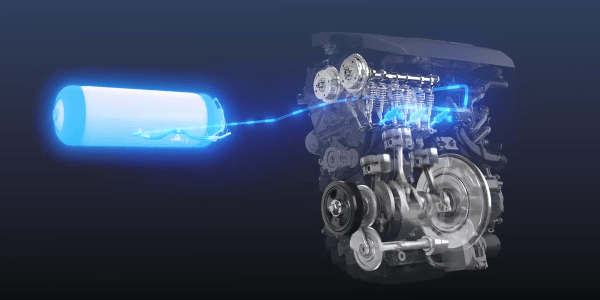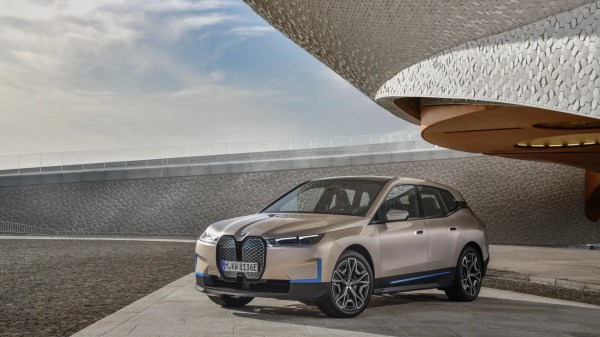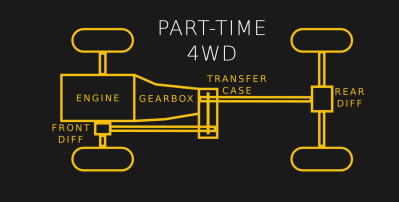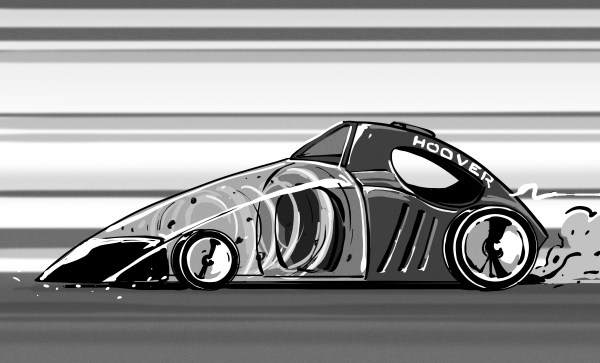Typically, when it comes to inclement weather, ice is the worst of the worst of driving conditions. Regular tyres have little to no grip in such situations, and accidents are common. However, some choose to laugh at such challenges, and take to racing out on frozen lakes and rivers. The sport of ice racing can be a demanding one, though, so you’ll need to prep your car appropriately. Here’s how.
Ice, Ice, Baby

Ice racing is largely limited to colder climates where lakes, rivers, or even actual racetracks freeze over in the winter. While some limited ice racing does occur indoors on skating rinks, it’s largely limited to motorcycles and ATVs because such facilities are just too small for cars.
The weather-dependent and esoteric nature of ice racing means that it exists at the fringes of organised motorsport, with most events being community-run at the grassroots level. Often, new competitors will start in a “run-what-you-brung” class, with unmodified street cars competing in limited or no-contact events, such as time trials or drag races. Higher tiers then generally necessitate more serious preparation and safety equipment, such as rollcages and fire extinguishers, and competitive door-to-door racing on larger tracks. However, some professional competitions do exist, running bespoke tube-framed cars built for purpose. The most notable of these is the Andros Trophy, held in the French Alps and run by the namesake jam company. Continue reading “How To Get Into Cars: Ice Racing Mods”



















